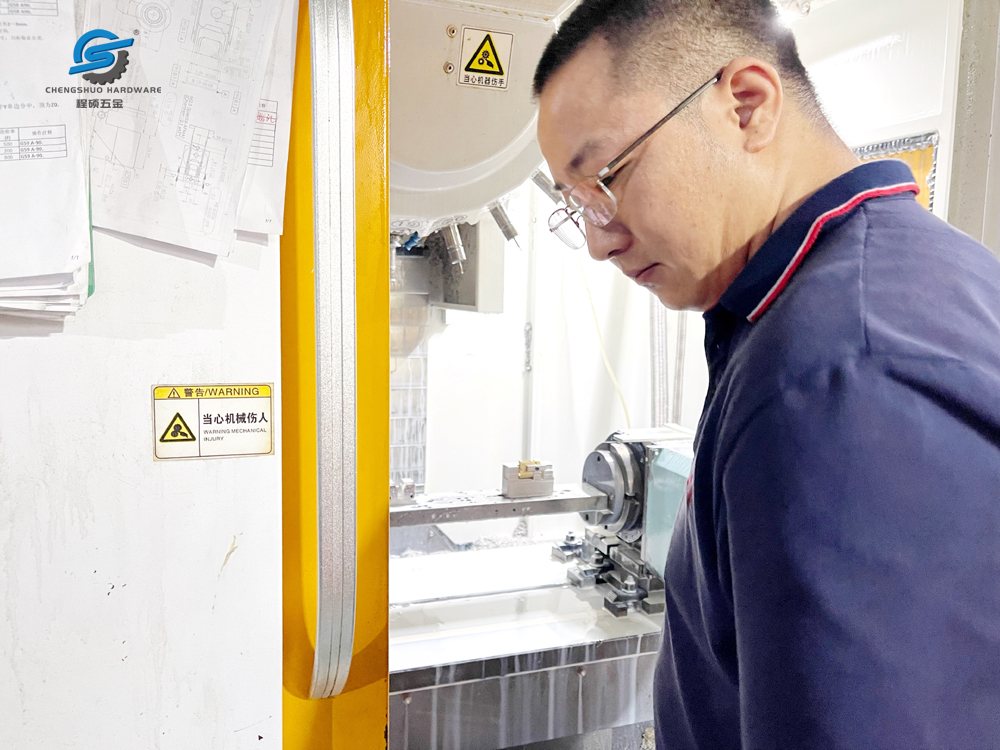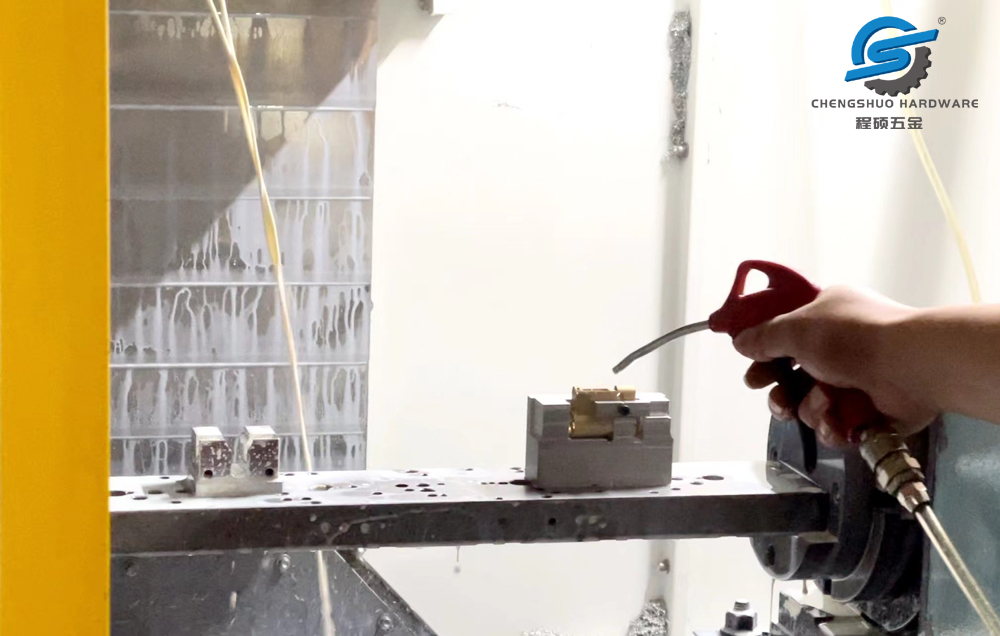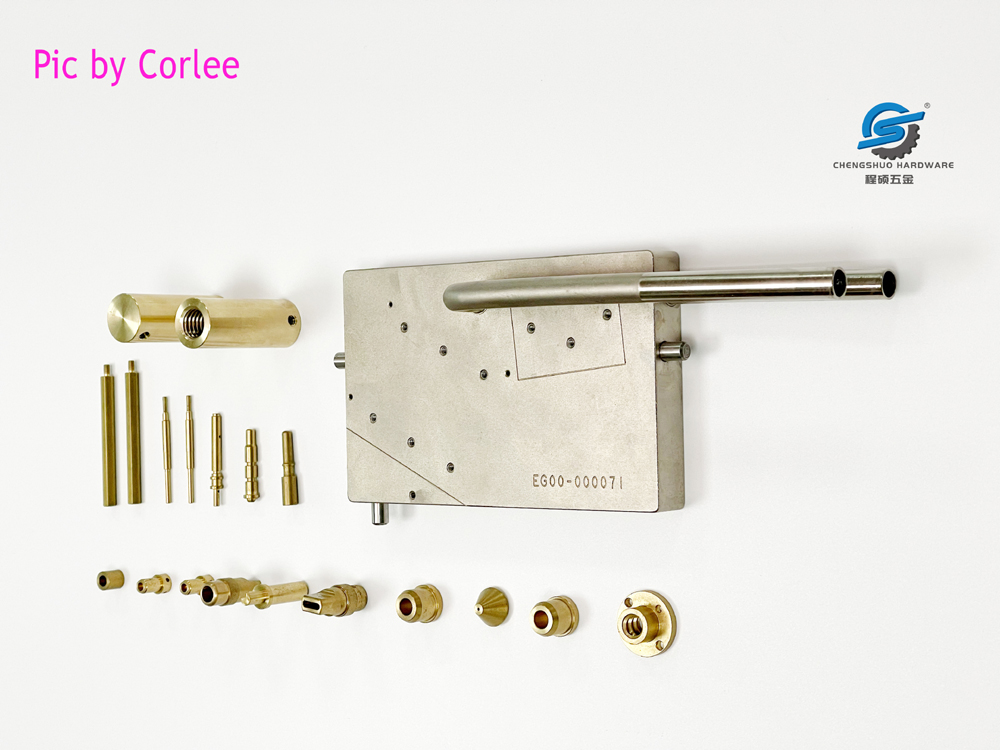Copper parts CNC machining can have good formability in both cold and hot machining processes. In addition, Engineers in Chengshuo also have rich experiences in surface treatment for brass processing products and accessories.
Generally speaking, most brass materials and parts have good machinability, ductility, and impact strength, as well as high thermal conductivity, conductivity, corrosion resistance, and wear resistance.
Steps for Brass/Copper CNC machining
1. Choose the correct brass/copper grade
Before CNC copper processing, must choose the correct copper grade that is most suitable for your products’ application. For example, choosing pure copper to manufacture mechanical parts is inappropriate and expensive. Therefore, easy to cut copper has good machinability and is the most suitable material. In addition, they also have cost-effectiveness. Need check the required performance of brass/copper parts to select the correct machining copper grade.
2. Design for Manufacturability (DFM)
Before processing brass/copper, Chengshuo machining engineers need also understand the design requirements and specifications. This will help achieve the functions required for copper brass parts. The rule of thumb is to use and maintain a wall thickness of 0.5 millimeters to manufacture aesthetically pleasing copper/brass parts.
3. Set the appropriate feed rate
The feed rate is the speed at which the cutting tool meshes with the work piece. The correct feed rate must be set before processing copper parts, as it affects the quality, service life, and surface smoothness of copper parts. In addition, copper/brass has a fast thermal conductivity, and a high feed rate will increase tool wear.
4. Choose the correct tool
Many copper materials have different processability and durability. Therefore, it is also important to choose appropriate tool materials for copper parts processing, which helps to prevent problems such as tool wear and chip blockage.
Post treatment of common CNC processed copper products
Common surface treatment methods for copper/brass products after CNC machining include:
1. Electrolytic polishing
Electrolytic polishing also helps to improve the corrosion resistance of finished copper/brass parts.During the electrolytic polishing process, a small layer of material will be removed from the surface of copper parts. The width of this material is usually between 0.0025 millimeters and 0.063 millimeters, and this post-treatment method helps to make the surface of finished copper/brass parts smoother and more shiny, such as nickel plating.
2. Electroplating
Electroplating helps to extend the service life of copper/brass parts, and electroplating copper helps to further protect the outer surface of copper parts from oxidation, treating them without damaging the conductivity and thermal conductivity of the metal.
3. Sandblasting
This post-processing method helps to mask defects in copper/brass parts. In addition, sandblasting can make the surface more durable, matte, and delicate.
Post time: Dec-06-2023




